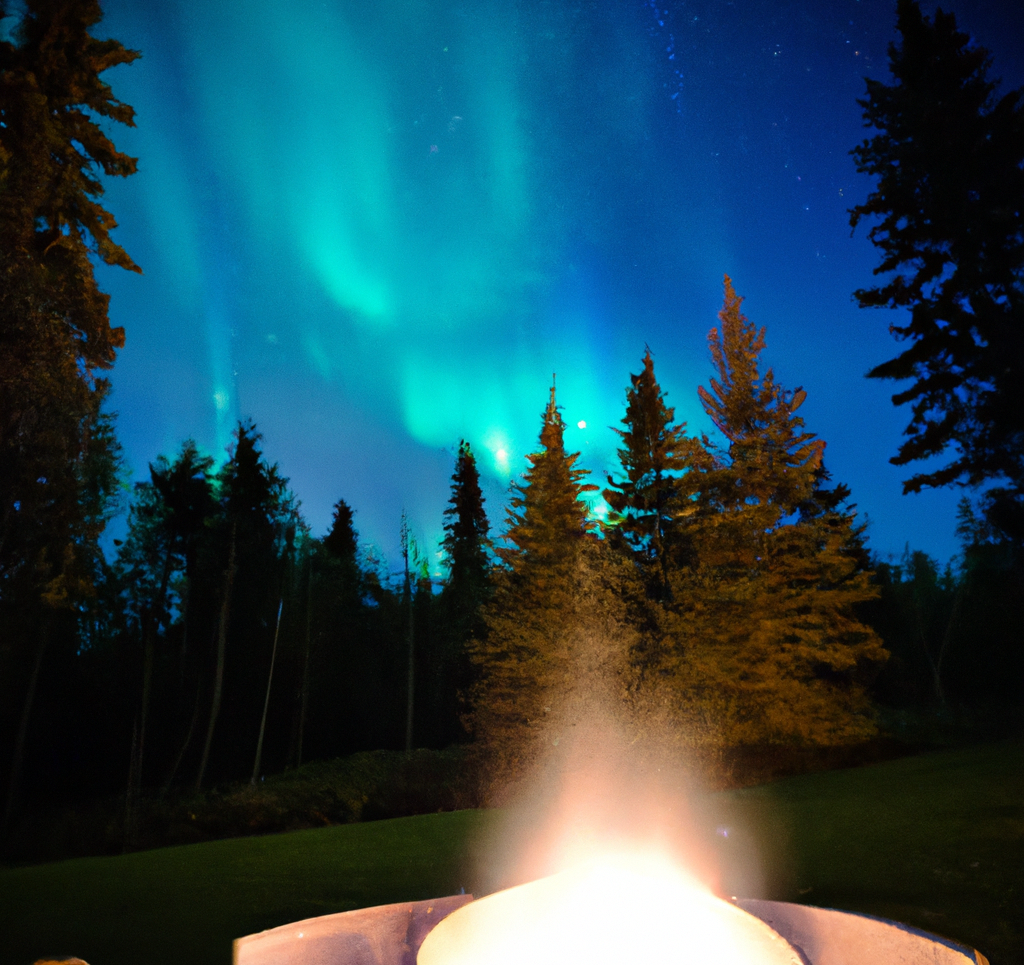Energy in the Nordics: From Ancient Fires to Modern Currents

By: Marika Yoki, Exaum Founder & General Practitioner with Interest in Energy
The Nordic saga of energy is a rich tale woven into the fabric of our daily lives. It's a story that starts with the crackling of wood in ancient fire pits and stretches to the hum of electricity that powers our modern homes and vehicles. As someone who has always been curious about the world around me, I find the evolution of energy in our beloved Nordics as fascinating as the human body's intricate systems that I encounter in my medical practice.
A Fiery Start: Wood and the Warmth of Tradition
For centuries, the Nordics have been cradled by forests, and it's no surprise that wood was our primary energy source. It warmed our ancestors, cooked their food, and lit the long winter nights. This reliance on wood fostered a respect for nature and an understanding of sustainable practices that are still part of our way of life.
From Water Wheels to Nuclear Cores: The Evolution of Nordic Energy
As the centuries passed, the Nordics witnessed a transformation in energy sources. The power of rushing rivers was harnessed, giving rise to hydroelectricity, which remains a backbone of our energy supply. The industrial revolution introduced coal, and later, oil and natural gas found their way into the energy mix. Nuclear power brought a significant turn, introducing a powerful but debated source of energy to our system
Building the Grid: A Web of Connection
The building of the national grids in the Nordic countries marked an important chapter in our history. In Sweden, the national grid began to take shape in the early 20th century, with the establishment of Vattenfall in 1909, primarily to harness hydropower. By the 1930s, the Swedish grid was under rapid development, aiming to connect disparate regions and fuel a growing industrial landscape.
Finland followed a similar path, with its first steps towards a national grid taking place in the 1920s. The construction of the Imatra hydroelectric power plant in 1929 was a significant milestone, not only for energy production but also for the consolidation of energy distribution. By the mid-20th century, Finland's national grid was robust enough to support its post-war industrial boom.
Norway, blessed with abundant water resources, also capitalized on hydroelectric power. The nation's rugged terrain posed unique challenges, but by the 1950s, an interconnected grid had become a reality, facilitating the distribution of hydroelectricity from the mountainous regions to the populous south.
Denmark's energy story diverged slightly due to its lack of significant hydro resources. Nevertheless, the country began establishing its national grid in the 1950s, focusing on coal and later, in the 1970s, on nuclear and renewable energy sources.
Iceland, with its vast geothermal resources, embarked on creating a national grid somewhat later. The construction of the Búrfell hydropower plant in 1969 and the subsequent developments in geothermal power during the 1970s laid the foundations for their current energy infrastructure.
The interconnection of the Nordic grids was also a great achievement, allowing for energy trade and mutual support. The Skagerrak connection between Norway and Denmark, established in the 1970s, was among the first of many cross-border links that today form a resilient Nordic energy network.
This era of construction not only lit up our homes but also signified the dawn of modernity and progress. It represented a shift from localized energy solutions to a more centralized and interconnected approach. The national grids were more than just complex systems; they were networks for growth, unity, and shared prosperity, connecting the Nordic nations into a strong and unified energy community
Today's Energetic Tapestry: A Diverse Mix
Our appliances, vehicles, and industries are now powered by a diverse energy portfolio. Wood and bioenergy continue to play significant roles, reminding us of our roots. Coal's presence is decreasing, as environmental concerns take center stage. Hydro and nuclear power provide substantial, steady streams of energy. Yet, it's the rise of renewables like wind and solar that are setting the course for a cleaner future. This energy diversity also brings resilience, ensuring a steady, locally produced flow of power.
Weathering Storms: The Nordic Fortitude in Energy
Despite the robust energy mix, disruptions occur. Storms rage, machines falter, but the Nordics stand prepared. Investments in infrastructure, grid technology, and cross-border energy agreements have all but ensured that the lights rarely go out. And when they flicker, they won't be dim for long.
Innovating for Tomorrow: Exaum's Role in Clean Energy
In the ever-changing energy sector, pioneering is key, and companies like Exaum are playing important roles. With a dedication to supporting Transmission System Operators (TSOs) in the green energy transition, Exaum contributes to the stability and sustainability of our energy systems. By providing solutions that balance the grid, especially with the influx of unpredictable renewable sources, Exaum ensures that our homes remain powered not just by electricity, but by clean and green energy.
As we reflect on the energy that fuels our lives, let's celebrate the journey from the crackling wood fires of old to the sophisticated energy systems of today. And let's look forward with optimism to a future where companies like Exaum continue to light the way with innovation that powers our homes and nurtures our communities.
